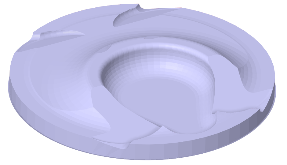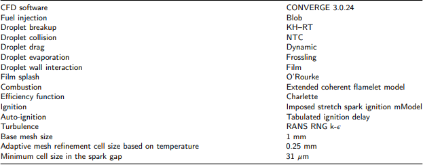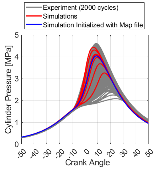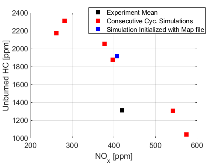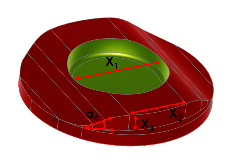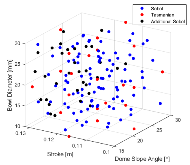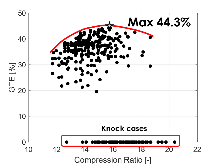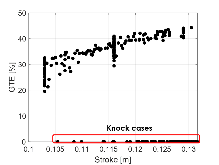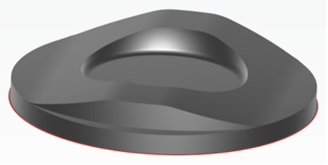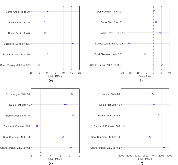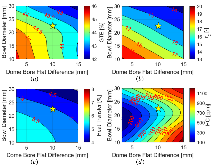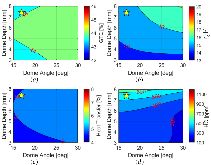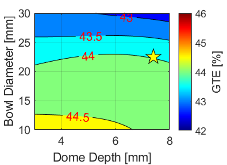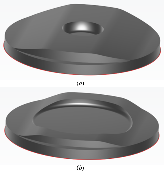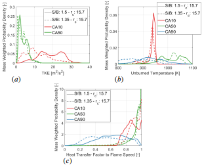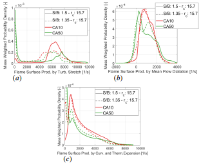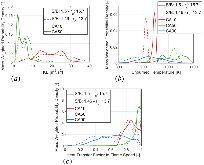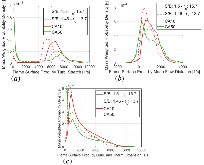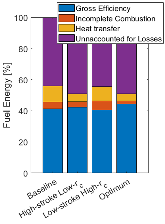Piston geometry and stroke optimization for high efficiency propane spark ignition engines
- Oak Ridge National Laboratory (ORNL), Oak Ridge, TN (United States)
Propane has unique properties and offers interesting characteristics for high-efficiency spark ignition engines. Its high volatility reduces or completely eliminates fuel-wall wetting and facilitates fuel air mixing. Furthermore, propane has a research octane number of 112 and a high octane sensitivity of 15. Finally, its laminar flame speed is on the same order as that of conventional gasoline, and it exhibits high dilution tolerance. Modern spark ignition internal combustion engines rely on fast combustion rates and high dilution to achieve high brake thermal efficiencies. To accomplish this, high stroke-to-bore ratios and high geometric compression ratios have been used in new engine designs. Therefore, propane’s relatively high laminar flame speeds, high knock resistance, and dilution tolerance make it an excellent candidate fuel for modern spark ignition engines. The objective of this work is to co-optimize the piston geometry and the engine stroke to maximize the efficiency of a spark-ignition engine fueled with propane. 3D computational fluid dynamics (CFD) simulations employing the extended coherent flamelet model were used to study the parametric effects of piston shape and stroke length. A piston geometry based on high performing pistons was parameterized using four controlling parameters. The piston geometry and engine stroke design space was explored using deterministic and quasi-random sampling techniques. In conclusion, a Gaussian process regression model was built using the simulation data to explain the results observed.
- Research Organization:
- Oak Ridge National Laboratory (ORNL), Oak Ridge, TN (United States)
- Sponsoring Organization:
- USDOE Office of Energy Efficiency and Renewable Energy (EERE); USDOE Office of Science (SC)
- Grant/Contract Number:
- AC05-00OR22725
- OSTI ID:
- 2311295
- Alternate ID(s):
- OSTI ID: 2369664
- Journal Information:
- Applied Thermal Engineering, Journal Name: Applied Thermal Engineering Journal Issue: 1 Vol. 244; ISSN 1359-4311
- Publisher:
- ElsevierCopyright Statement
- Country of Publication:
- United States
- Language:
- English
Similar Records
EGR Dilution and Fuel Property Effects on High-Efficiency Spark-Ignition Flames
Effects of Fuel Laminar Flame Speed Compared to Engine Tumble Ratio, Ignition Energy, and Injection Strategy on Lean and EGR Dilute Spark Ignition Combustion
